Last-Minute NYC Holiday Gift Guide 🎁
We’ve created a holiday gift guide with presents for the intrepid New Yorker that should arrive just in time—


Just before winter set, Untapped went to check out the progress on Ile Seguin in western Paris–the island of the former Renault factory that is being turned into an eco-“island for all the arts” by Jean Nouvel. Nouvel has had a long history with the space: he opposed the demolition of the factory on the grounds that it represented a critical part of French industrial history. He wrote “an open letter in Le Monde urging the authorities to take the ‘moral responsibility’ to prevent ‘this major symbol of the French workers’ movement’ from falling into oblivion.” [The Guardian].
But plans for Ile Seguin suffered an additional setback when Franà§ois Pinault (owner of Gucci, Christie’s, etc.) decided to relocate his 2,500-piece modern art collection to Venice after being frustrated with bureaucratic obstacles and delays–primarily due to a lack of enthusiasm from the mayor of Boulogne-Billancourt, where Ile Seguin is located. The collection, which includes pieces by Miro, Jackson Pollack, Damien Hirst and Jeff Koons, could have rivaled the collection at the Pompidou Center.
The island was bought by Louis Renault in 1919 and became the largest factory in France. Renault cooperated with the Nazis during World War II and the factory was bombed by Allied forces in 1942. The last car was produced there in 1992. Check out this great vintage wartime footage on the allied strike.
[youtube https://www.youtube.com/watch?v=BRKnLO-HJu8&fs=1&hl=en_US&rel=0]
By 2005, almost everything was demolished except for the main entrance faà§ade of the complex–precisely what caught my eye each time I passed it. In its current state, it looks like a prop from a film set. Apart from minimal steel structures behind it, not much is holding up the three pieces of faà§ade that open onto the bright blue access bridge. The glass windows are in remarkable shape despite structural issues and the length of time the site has been abandoned.
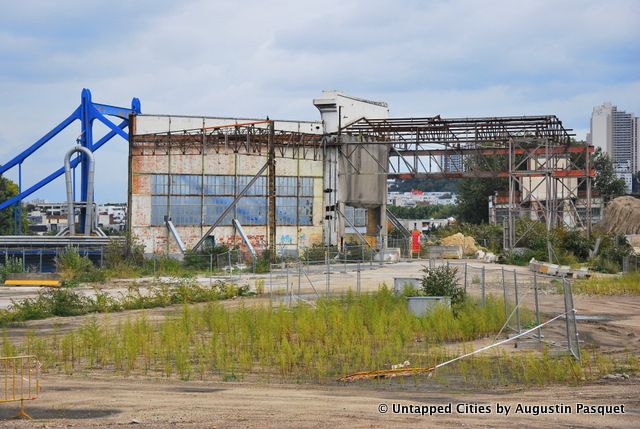
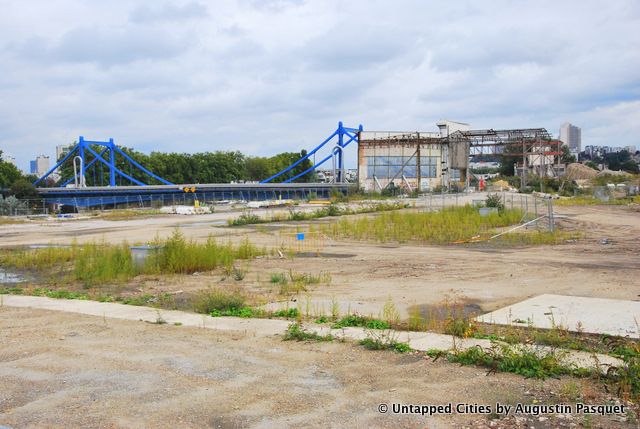
Even more striking is the contrast between the completed areas of the park and the work yet to be done. There was a new Renault building called the ECO2 Center focused on sustainable and affordable automobiles. There was the perfectly manicured and landscaped lawns (très French) and a new pop-colored logo to go in tandem with strategic marketing along the highway: “Ile Seguin_Rives de Seine: Ici, un nouveau quartier”–here, a new neighborhood. Nature seemed to be placed in stark contrast with industrial materials–particularly concrete and steel. Seems a little harsh to me, but maybe that is precisely Nouvel’s homage to the site’s industrial heritage. More likely, the planned park as “flourishing natural habitat” just isn’t finished yet.
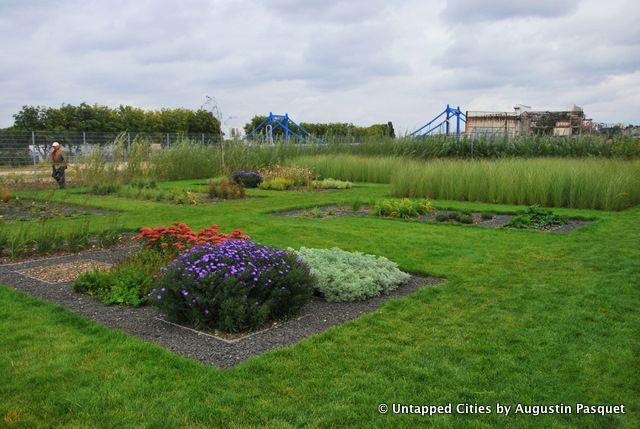
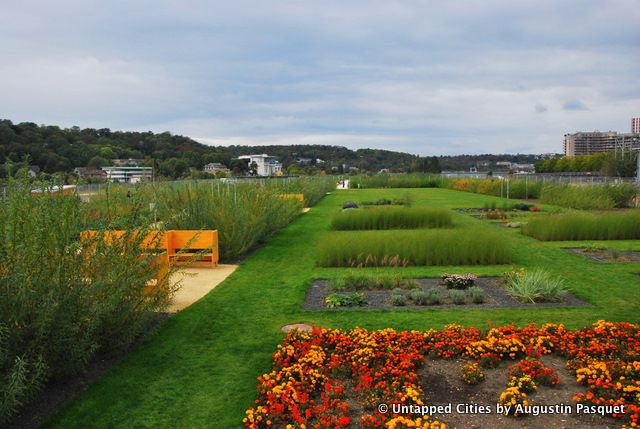
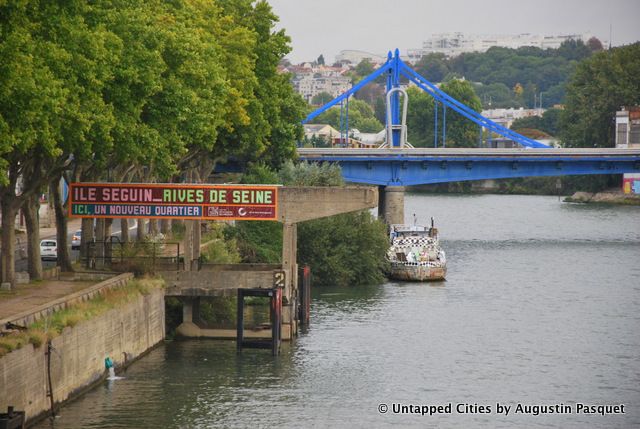
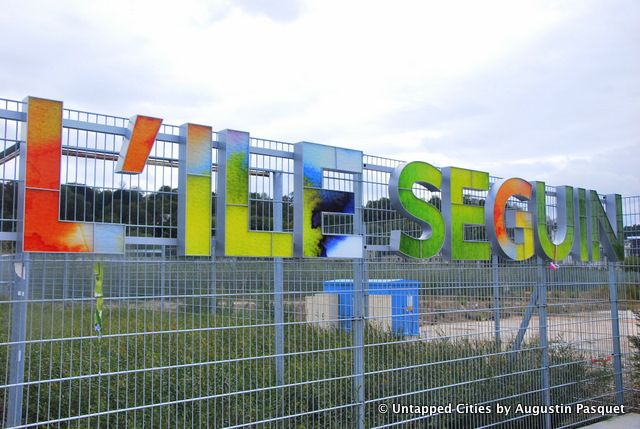
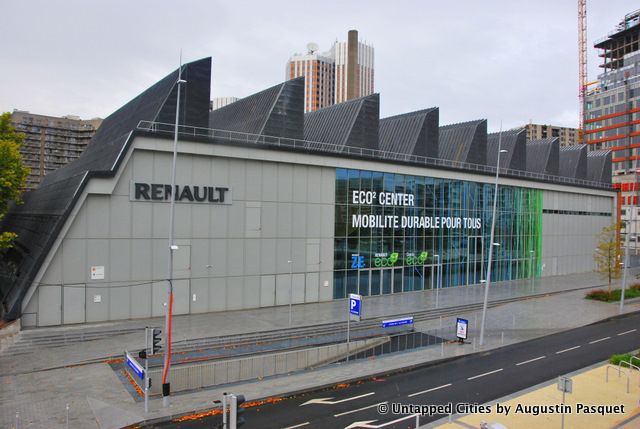
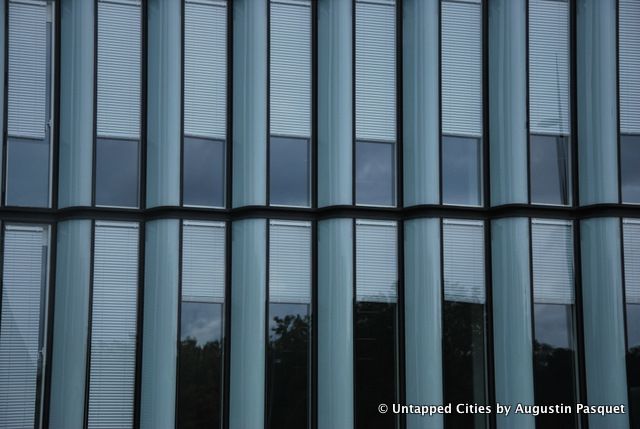
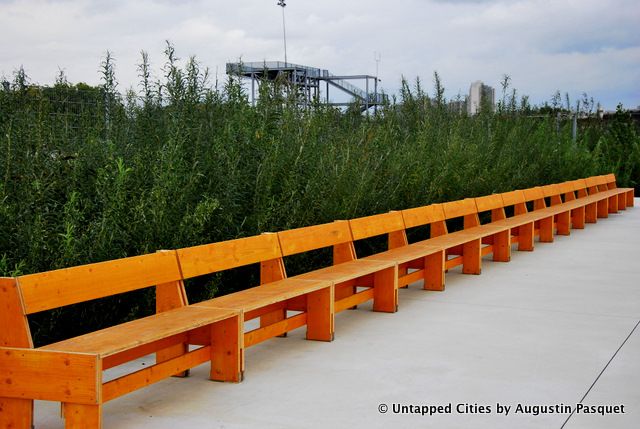
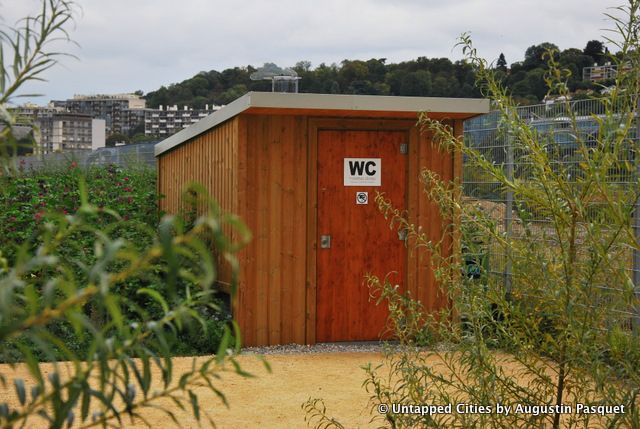
When completed, the park will feature spaces dedicated to the digital arts, two music halls, residence halls for artists, recording studios, cinema complex, restaurants, shops and galleries. The complex will be powered by green technology and solar power. Here’s to hoping that even without the art collection, an interesting concept is being developed here.
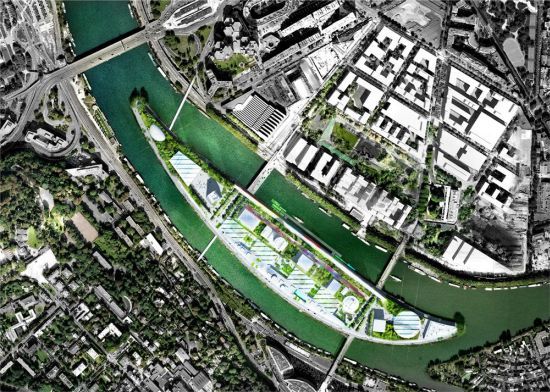
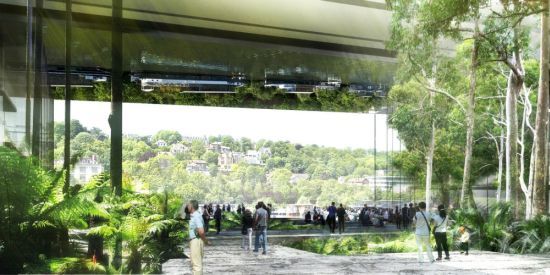
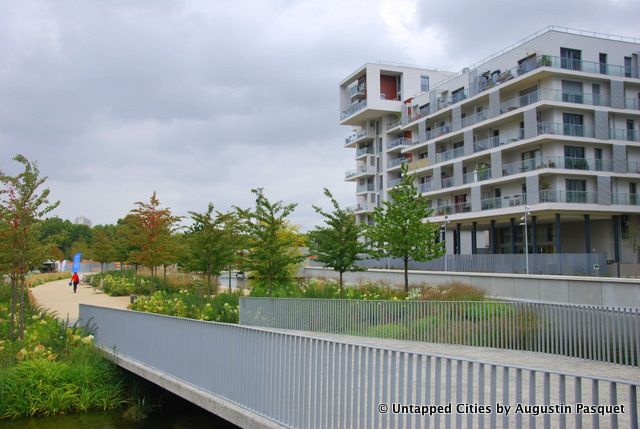
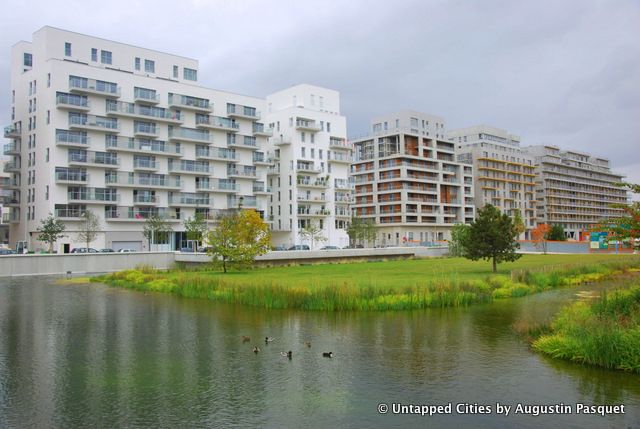
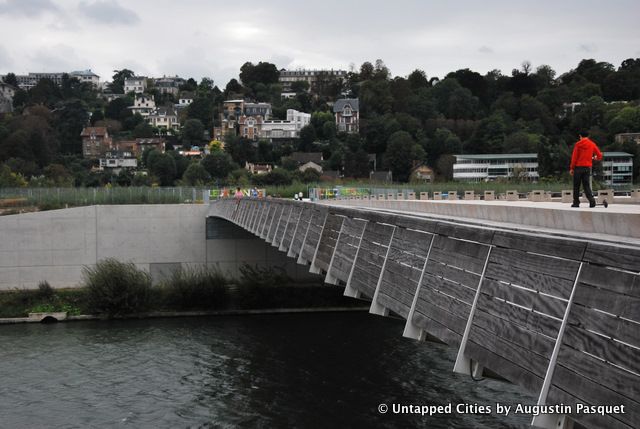
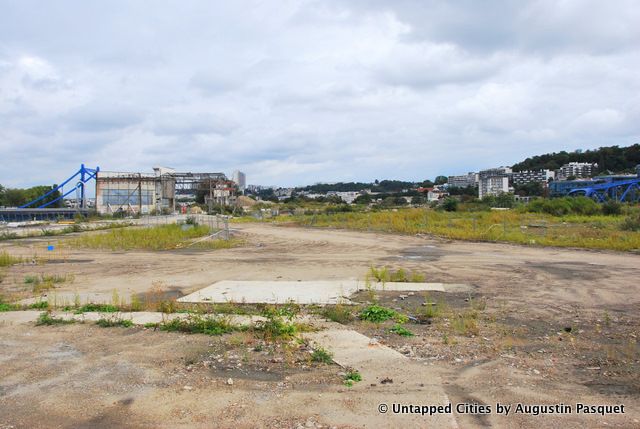
For an industrial space successfully repurposed in Paris, check out this water facility that now houses the priceless art of the Museums of Paris.
Subscribe to our newsletter